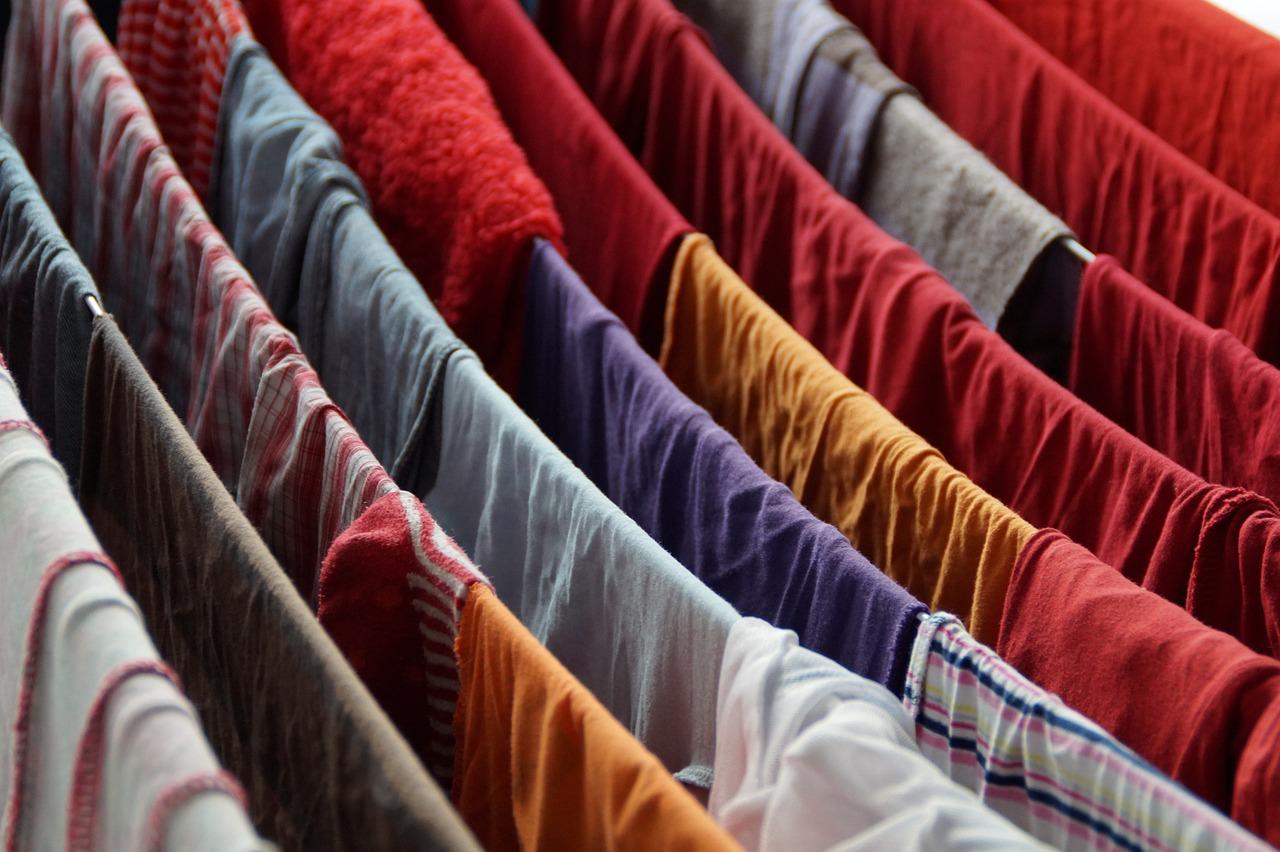
A recent article in the BBC set me off thinking about folks making a conscious choice to wash less. And this article is the result.
As our awareness of environmental issues continues to grow, finding ways to minimize our impact on the planet becomes increasingly important. One area where we can make a significant difference is in reducing our water consumption, particularly when it comes to household tasks like washing. By adopting simple yet effective strategies to wash less, we can conserve water resources and contribute to a greener future. Here are some practical tips to help you minimize your water usage while still maintaining a clean and healthy living environment.
1. Embrace Efficient Appliances:
Investing in energy-efficient and water-saving appliances can significantly reduce your overall water consumption. Look for washing machines and dishwashers with high energy and water efficiency ratings. These appliances are designed to use minimal water while still providing excellent cleaning performance. By upgrading to efficient models, you can make a substantial impact on your water usage in the long run.
2. Optimize Laundry Practices:
Small changes in your laundry routine can make a big difference. Instead of automatically washing clothes after each wear, consider wearing them a few times before tossing them in the laundry basket. When it's time to do a load, make sure to wash full loads to maximize the use of water. Additionally, use the appropriate water level settings on your washing machine based on the load size. For lightly soiled items, consider using shorter wash cycles or eco-friendly settings to conserve water.
3. Efficient Dishwashing Techniques:
When it comes to washing dishes, there are ways to be more water-conscious. Start by scraping off food scraps and rinsing dishes sparingly before loading them into the dishwasher. Only run the dishwasher when it's fully loaded to maximize water usage. If you prefer handwashing, fill one basin with soapy water and the other with rinse water, rather than letting the water run continuously. This way, you can conserve water while still maintaining cleanliness.
4. Water-Smart Cleaning:
In your everyday cleaning routine, consider water-saving techniques. For example, when mopping the floors, use a mop with a spray or squeeze mechanism that allows you to control the amount of water applied. Instead of using running water to rinse surfaces, use a bucket or spray bottle filled with water. By being mindful of how much water you use during cleaning tasks, you can significantly reduce waste.
5. Adopt Dry Cleaning Alternatives:
Certain items of clothing or household items can be effectively cleaned without water. Explore alternatives such as spot cleaning or using dry cleaning products specifically designed for fabrics or surfaces that cannot tolerate traditional wet cleaning methods. By reducing the frequency of water-based cleaning for these items, you can conserve water without compromising cleanliness.
6. Harvest and Reuse Water:
Consider collecting and reusing water whenever possible. For example, capture rainwater in barrels or containers to use for watering plants or cleaning outdoor spaces. Additionally, collect excess water from activities such as washing fruits and vegetables or waiting for the shower to warm up. This "gray water" can be used for non-potable purposes like flushing toilets or cleaning.
7. Raise Awareness and Educate Others:
Spread the message of water conservation within your community. Share these tips with friends, family, and neighbors to inspire them to reduce their water consumption as well. Encourage them to adopt water-saving practices and make informed choices when it comes to purchasing water-efficient kitchen appliances.
By implementing these strategies to wash less and conserve water, you can make a positive impact on the environment. Every small step counts, and together we can contribute to a more sustainable future while still maintaining clean and healthy living spaces. Let's prioritize water conservation and create a greener world for generations to come.


Recommended Comments
Join the conversation
You are posting as a guest. If you have an account, sign in now to post with your account.
Note: Your post will require moderator approval before it will be visible.